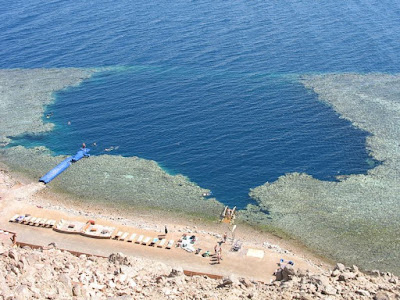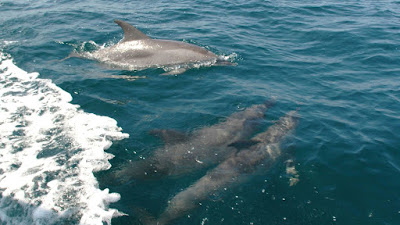Blue holes: Hotspots of Microbial Diversity
Blue hole is a marine sink hole formed during the ice ages due to erosion of lime stones terrains of rain and chemical weathering. In the later ages, sea levels have been raised and filled them with water. Some of these blue holes are immersed underwater makes them difficult to understand. Inside the blue holes, oxygen is scare and very little light is present only near the surface. Which tells that the species formed inside these blue holes use very less oxygen . In fact, some of the species use sulfate for photosynthesis. This makes us to learn how Earth has been millions of years ago without oxygen.
This also helps us to know how life will be on other planets. But due to lack of accessibility and abundance, little is know about these holes. Some sink holes are several meters down, and for most of them the opening is very small. This makes a manual expedition necessary. But in the last years, almost 130 - 150 divers have died at an Egyptian blue hole.
The great blue hole is the largest sink hole that is located 100 kilometers from the Belize, near the light house reef. It measures around 300 meters and 125 meters deep. But diving near these places can be dangerous too. Because of the presence of bull, reef and hammerhead sharks and the diver cannot know the depth due to crystal clear water. If the water is crystal clear, it is hard to predict the depth and can be trap to a beginner.
The fact is that we know a very little about them which makes it more mysterious.







Comments